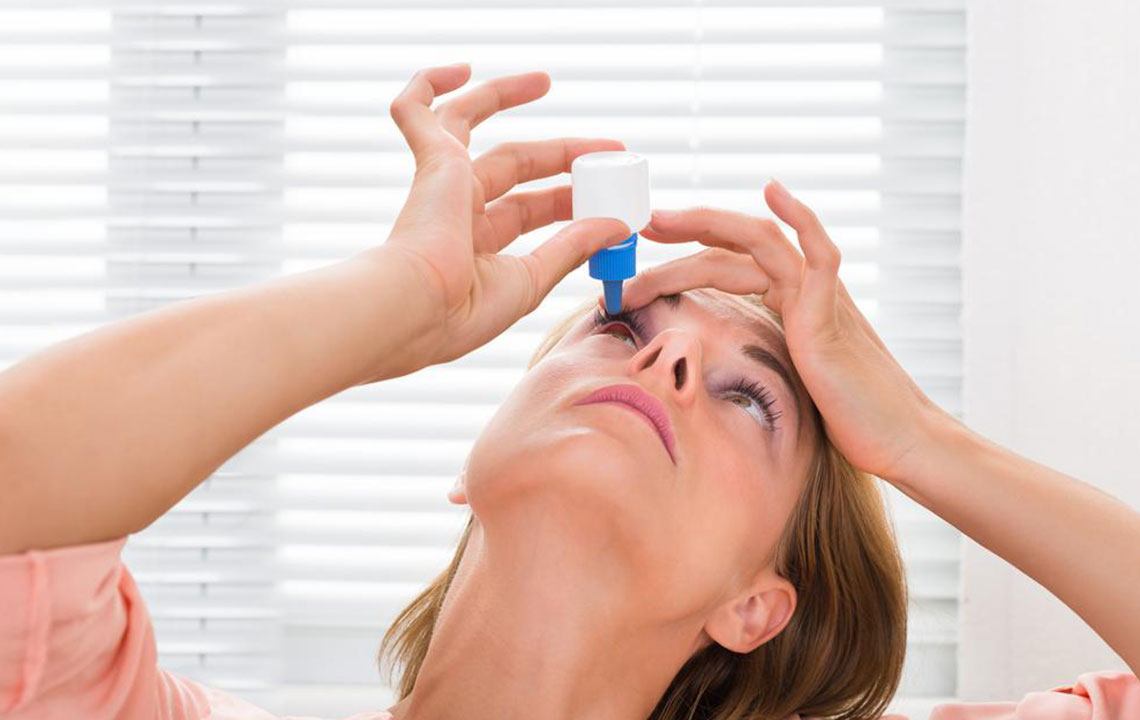Treating the early symptoms of scleroderma
Scleroderma is a type of chronic disease that affects the skin. This means it is a condition that does not go away. There are however measures and treatments that can control and manage the early symptoms of scleroderma.
The biggest disadvantage of getting affected with scleroderma is that it is an auto immune disease. This means that the immune system prepares a mechanism and fights back one’s own body, thus making it difficult to treat the condition.

Almost everyone who experiences scleroderma experiences hardening and tightening patches of the skin. The patches may be oval in shape, straight lined and cover a wide area of trunks and limbs. One of the earliest symptoms of scleroderma is numbness in fingers due to cold temperatures and or emotional distress.
In addition to this, due to acid reflux, it damages the section of esophagus. People suffering from scleroderma experience problem in absorbing nutrients. This happens because the intestinal muscles are not moving food properly through the intestines.
Treating the symptoms of scleroderma
In many cases, the early symptoms of scleroderma fade away on their own in three to five years. Although, until the symptoms are present, they worsen the condition of internal organs.
Following are the symptoms that can be treated with medication, therapy and surgery:
- Dilating blood vessels
Being one of the symptoms where the blood vessels get thinned, there are medications that can be prescribed by the doctor to dilate the blood vessels that will prevent further damage to the lungs, kidneys and may also help treat Raynaud’s disease. - Suppressing the immune system
There are prescription drugs available that can suppress an immune system and help control the symptoms of scleroderma, the same way they do in the case of organ transplant.
- Reducing stomach disorders
Since scleroderma affects esophagus and other tracts of digestive system by hardening the tissues and cause acid reflux, medications such as omeprazole can help relieve symptoms of the same.
- Preventing infections
to protect the tips of the fingers from the cold and prevent them from getting infected due to Raynaud’s disease, antibiotic ointments should be applied. Influenza and pneumonia vaccinations can be used to protect lungs damaged due to scleroderma. - Physical therapy
Occupational physical therapies can help with managing pain, improve strength and mobility of the overall body, and maintain independence with daily tasks.
If you are experiencing early signs and symptoms of scleroderma, visit a doctor who will diagnose your symptoms, confirm, and provide you with treatment and medications for the same.




